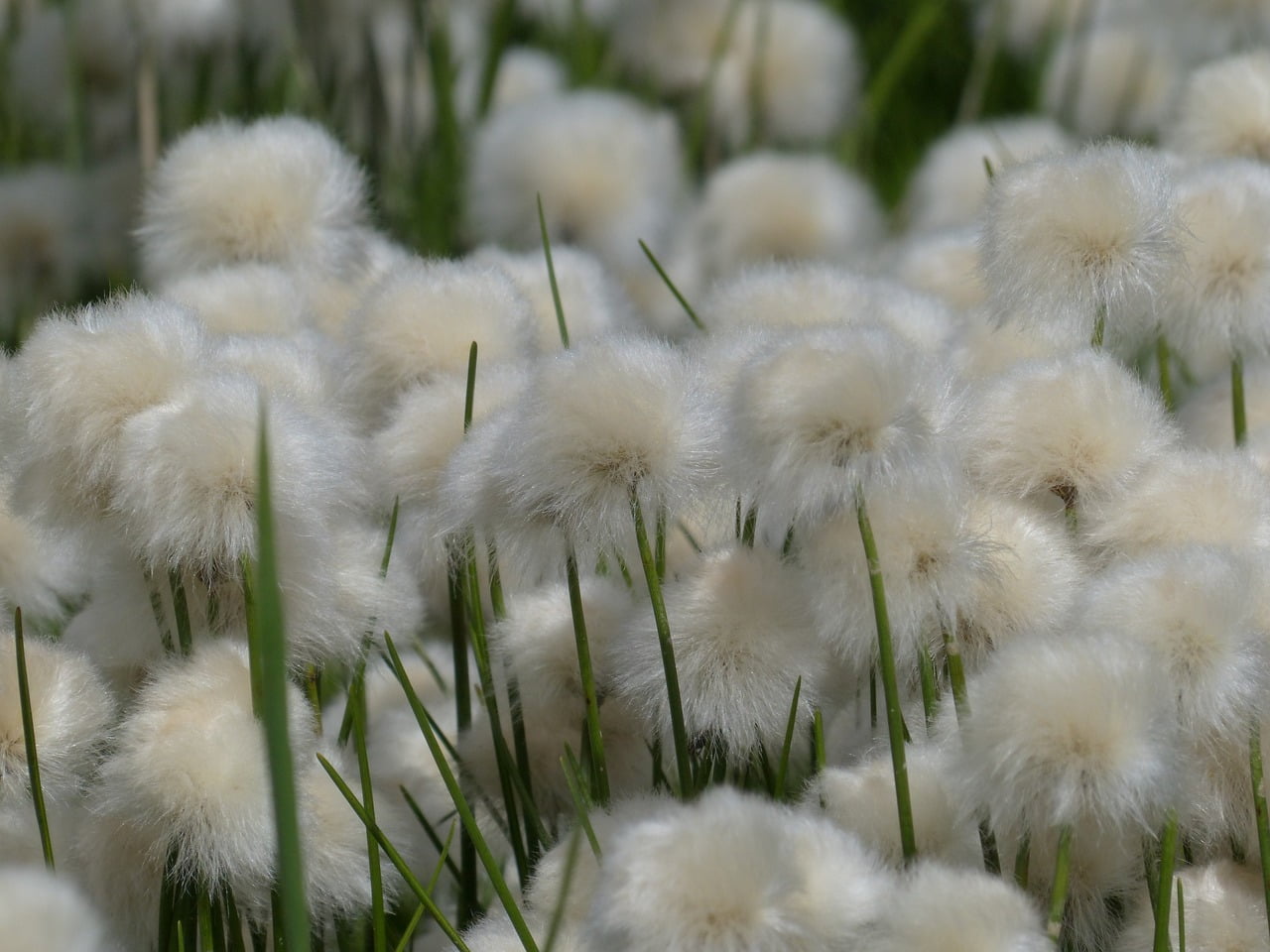
Eriophorum and Planting: A Guide to Cultivating Cotton Grass
Gardening and landscaping have always been a delightful way to connect with nature and beautify our surroundings. One plant that has been steadily gaining recognition in these endeavors is Eriophorum, commonly known as cotton grass. In this comprehensive guide, we will immerse ourselves in the world of Eriophorum, exploring its various facets, from understanding its different varieties to the nitty-gritty of planting and caring for this remarkable plant in your outdoor spaces.
1. Introduction to Eriophorum
To truly appreciate the allure of Eriophorum, let’s begin with the basics. Eriophorum, or cotton grass, is a perennial plant known for its striking appearance, characterized by fluffy seed heads that resemble cotton. These ethereal tufts make Eriophorum a unique and captivating addition to any garden or landscape.
2. Understanding Eriophorum Varieties
As with any plant species, Eriophorum comes in a variety of types, with Eriophorum angustifolium and Eriophorum vaginatum being the most commonly recognized. Each variety boasts its own set of characteristics, which can significantly influence your landscaping choices.
3. Selecting the Ideal Location
Selecting the right location for planting Eriophorum is a pivotal step in ensuring its success. These plants thrive in areas where moisture is consistently present. Consider the drainage of your chosen location and the amount of sunlight it receives to create an optimal environment for your Eriophorum to flourish.
4. Preparing the Soil for Eriophorum
Before you start planting, it’s essential to prepare the soil to create the perfect conditions for your Eriophorum to thrive. Aim for slightly acidic soil with a pH level ranging between 5.5 and 6.5. Incorporating organic matter into the soil can enhance its texture and fertility, creating a hospitable environment for your plants.
5. Planting Eriophorum: Seeds or Established Plants
Eriophorum can be propagated from either seeds or established plants. If you opt for seeds, consider sowing them in the spring or early summer. Ensure they are in direct contact with moist soil and maintain consistent watering until germination occurs.
6. Caring for Eriophorum
One of the endearing qualities of Eriophorum is its low-maintenance nature. To keep your Eriophorum healthy and vibrant, regular watering is crucial, especially during dry spells. The use of mulch can aid in retaining moisture and suppressing the growth of unwanted weeds.
7. Pruning and Maintenance
In general, Eriophorum requires minimal pruning. However, it’s essential to trim any dead or damaged foliage in the late winter or early spring. Be cautious not to cut into the crown of the plant, as this can preserve its natural beauty.
8. Dealing with Common Pests and Diseases
While Eriophorum is known for its resilience, occasional issues may arise. Staying vigilant for common pests such as aphids and being prepared to address leaf spot diseases promptly is vital to maintaining the plant’s health and vitality.
9. Eriophorum in Landscaping: Aesthetic Appeal
The visual appeal of Eriophorum makes it a highly sought-after choice in landscaping projects. Its feathery seed heads lend a unique texture and visual interest to gardens, particularly in wetland-themed or naturalistic settings.
10. The Ecological Benefits of Eriophorum
Beyond its aesthetic charm, Eriophorum plays a pivotal role in stabilizing wetland ecosystems. Its extensive root system effectively prevents soil erosion, making it an excellent choice for shoreline plantings and ecological restoration projects.
11. Symbolic Significance of Eriophorum
In various cultures and traditions, Eriophorum carries symbolic significance, often representing resilience and adaptability. Its remarkable ability to thrive in challenging environments has led to its use as a symbol of hope and endurance.
12. Frequently Asked Questions (FAQs)
Q1: Can I grow Eriophorum in my backyard garden?
Absolutely! With the right conditions, Eriophorum can thrive in your garden, adding a touch of natural beauty.
Q2: Is Eriophorum suitable for xeriscaping?
No, Eriophorum prefers consistently moist environments, making it unsuitable for xeriscaping.
Q3: How tall does Eriophorum grow?
Eriophorum typically reaches a height of 12 to 24 inches, depending on the variety.
Q4: Can I divide and transplant Eriophorum plants?
Yes, Eriophorum can be divided and transplanted in the early spring to expand its presence in your garden.
Q5: Is Eriophorum deer-resistant?
Indeed, Eriophorum’s resilience extends to deterring deer, making it a practical choice for gardens with deer populations.
13. Conclusion
By incorporating Eriophorum into your garden or landscaping project, you not only enhance its visual appeal but also contribute to the health of local ecosystems. With the knowledge gained from this guide, you are well-equipped to cultivate this remarkable plant successfully.